Keynote Speakers
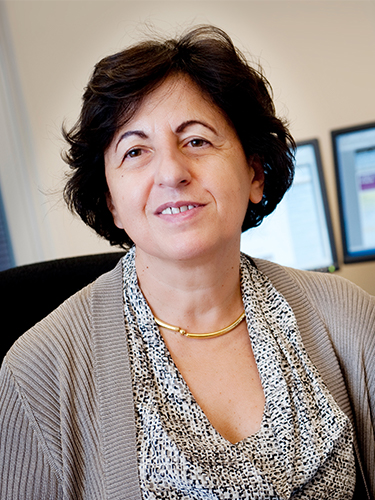
Elisa Bertino, Purdue University, USA
Title: The Persistent Problem of Applications Insecurity
Abstract: Data is a critical resource and as such it is very often the target of cyber-attacks with a variety of goals, including data theft and ransom requests. Today database systems provide several effective security controls and defenses, such as database encryption, fine-grained content and context-based access control, role-based access control, and logging capabilities for security relevant events. In addition, database systems support a variety of authentication techniques, such as multi-factor authentication. However, there is a major weak point in data security: the applications. Once data is transmitted from a database to applications, the data is exposed to many risks if applications have vulnerabilities. Unfortunately, applications and more in general software systems are still often insecure, despite the fact the “problem of software security” had been known to the industry and research communities for decades. In the case of database applications, for example, SQL injection vulnerabilities – known since more than 20 years, are still common; for example, just in 2022, 1162 vulnerabilities with the type “SQL injections” were accepted as a common CVE (common vulnerability exposure). In this talk, I first briefly argue why today the software security problem is more complex than ever. I then focus on the problem of SQL injection and present an initial approach to automatically detect these vulnerabilities and “repair” them. I also cover the case of a more sophisticated attacker, able to tamper with the application code. I then move to discuss the problem of software supply-chain attacks and research directions.
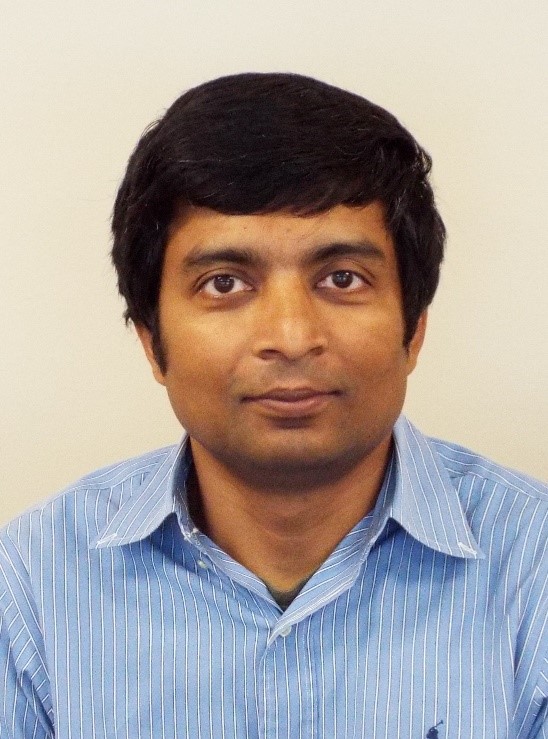
Latifur Khan, The University of Texas at Dallas, USA
Title: Fairness aware Machine Learning (ML), and Generative AI for Social Good
Abstract: In this presentation, I will focus on fairness aware machine learning, generative AI and their applications.
With regard to fairness aware machine learning, we explored a problem that involves fairness constraints under changing environments. Specifically, in an online learning setting, data arrives sequentially. Here, the data distribution can change over time, but the learner is still constrained by fairness requirements. In transport, changing environments are a very common scenario. For example, autonomous vehicles drive under various changing environments such as in terms of time of day (sunrise, noon, sunset, night time), or weather patterns (such as rain, cloud cover, sunny conditions). An autonomous vehicle performs various functions which are driven by machine learning, such as pedestrian detection. These functions may be subject to various fairness constraints; for instance, pedestrian detection (whether or not the object being seen is a pedestrian) must be fair with respect to the race or gender of the individuals being detected. Furthermore, this detection task may need to be performed under the various changing environments that we just discussed, i.e., an autonomous vehicle will need to detect pedestrians under various weather conditions and time-of-day scenarios. As such, this provides a very suitable use case for the need for fair online learning under changing environments. To this end, we have proposed a novel algorithm under the assumption that data collected at each time can be disentangled with two representations, an environment-invariant semantic factor and an environment-specific variation factor. The semantic factor is further used for fair prediction under a group fairness constraint.
With regard to generative AI, we will monitor conflicts and political violence around the world by analyzing volumes of continuous or stream specialized text on a global scale. To help advance research in political science, we introduce ConfliBERT, a domain-specific pre-trained large language model (LLM, part of generative AI) for conflict and political violence. We first gather a large domain-specific text corpus for large language modeling from various sources. We then build ConfliBERT using two approaches: pre-training from scratch and continual pre-training to facilitate lifelong learning. For incremental/continual learning, deep learning models should be able to learn new information while retaining previously learned skills or knowledge, but catastrophic forgetting does happen and we will address that in this talk.
*This work is funded by NSF, DOT, NIH, ONR, ARMY, and NSA. The work, ConflictBERT is in collaboration with Dr. Patrick Brandt, and Dr. Jennifer Holmes, (School of Economic, Political and Policy Sciences, UT Dallas) and the fairness aware ML work is with Dr. Feng Chen (Computer Science).
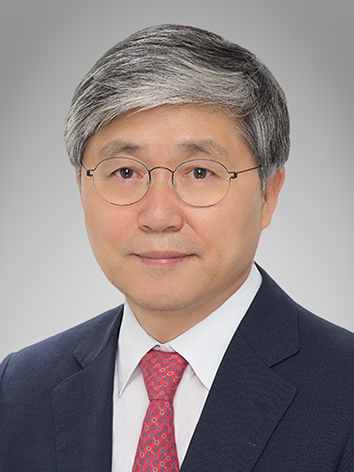
Choong Seon Hong, Kyung Hee University, South Korea
Title: Faster Segment Anything: Towards Lightweight SAM for Mobile Applications
Abstract: Segment Anything Model (SAM) has attracted significant attention due to its impressive zero-shot transfer performance and high versatility for numerous vision applications (like image editing with fine-grained control). Many of such applications need to be run on resource-constraint edge devices, like mobile phones. In this work, we aim to make SAM mobile-friendly by replacing the heavyweight image encoder with a lightweight one. A naive way to train such a new SAM as in the original SAM paper leads to unsatisfactory performance, especially when limited training sources are available. We find that this is mainly caused by the coupled optimization of the image encoder and mask decoder, motivated by which we propose decoupled distillation. Concretely, we distill the knowledge from the heavy image encoder (ViT-H in the original SAM) to a lightweight image encoder, which can be automatically compatible with the mask decoder in the original SAM. The training can be completed on a single GPU within less than one day, and the resulting lightweight SAM is termed MobileSAM which is more than 60 times smaller yet performs on par with the original SAM. For inference speed, With a single GPU, MobileSAM runs around 10ms per image: 8ms on the image encoder and 4ms on the mask decoder. With superior performance, our MobileSAM is around 5 times faster than the concurrent FastSAM and 7 times smaller, making it more suitable for mobile applications. Moreover, we show that MobileSAM can run relatively smoothly on CPU. The code for our project is provided here with a demo showing that MobileSAM can run relatively smoothly on CPU.
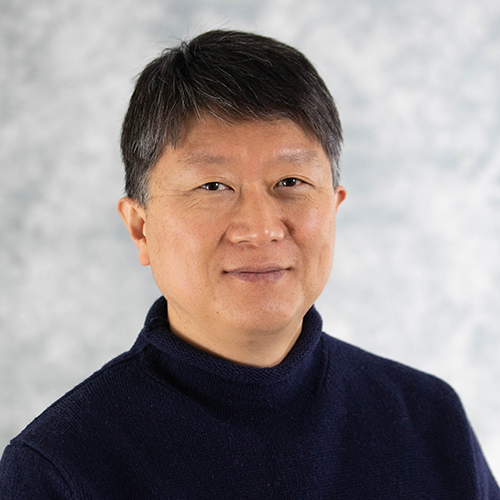
Dongwon Lee, Pennsylvania State University, USA
Title: Deepfakes, Language Models, and The Age of Synthetic Truth
Abstract: The recent explosive advancements in both deepfake-enabling methods in Computer Vision and generative language models in NLP have enabled the generation of human-quality artifacts in various modalities. However, at the same time, these new AI technologies can be used by adversaries for malicious purposes, opening a window of opportunity for disinformation purveyors and state-sponsored hackers. In this talk, I’ll showcase some examples of deepfake artifacts and their underlying AI technologies, especially reviewing the current landscape of large language models. Then, I’ll discuss how adversaries may use such recent developments to create the so-called “Fake News 2.0,” which can erode the public’s confidence in democracy. Finally, I will conclude the talk by sharing the important implications of deepfakes within the information ecosystem as well as in society at large.
Invite Speakers
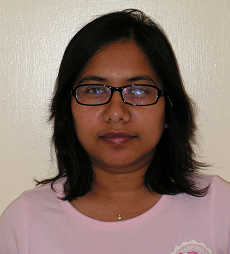
Israat Haque, Dalhousie University, Canada
Title: Opportunities and Challenges on the Horizon of Data Plane Programmability
Abstract: It has been more than eight years since the original P4 paper was published. Since then, programmable data planes have blossomed in diverse environments like data centers, telecom, and industrial networks. In this talk, I will give you a ten-thousand-foot view of the current programmable data plane landscape from one of its central components: the network services. I will present some of our research results towards deploying novel network services on programmable network devices and mention a few of the hurdles we believe still prevent greater innovation.
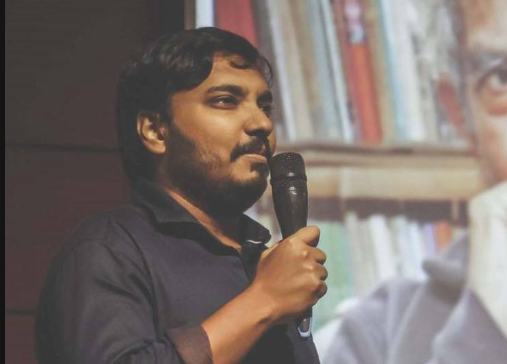
Mahdy Rahman Chowdhury, North South University, Bangladesh
Title: Science-fiction Meets Real Computer Technologies: Quantum Energy Teleportation across Multi Qubit Systems using W-State Entanglement
Abstract: Teleportation of quantum information or data content is a fascinating topic of quantum computing. It was theoretically predicted in 1993 and experimentally realized using quantum and classical networking and communication systems in 1997 by two research groups including Anton Zeilinger who has won Nobel prize in physics, 2022. Distance of 1,400 km (870 mi) is the longest distance of successful teleportation so far using the Micius satellite (in 2017) for space-based quantum teleportation. However, energy teleportation is something more magical than any other teleportation and it was a matter of science fiction before 2023. In 2023, the first realization of quantum energy teleportation has been demonstrated a few months ago on Superconducting Quantum Hardware (which was first theoretically predicted in 2008). More specifically, quantum energy teleportation (QET) has recently been realized on a two-qubit system. However, real-world communication and networking is most often between multiple systems. So, a vast area remains unexplored without prior research and experimentation of Quantum energy teleportation on multi-qubit systems. This motivated us to design and implement the first-ever quantum energy teleportation circuit on a multi-qubit system. We experimented thoroughly using both quantum simulation and real IBM quantum computers. The results obtained show phenomenal relations and patterns in the quantum energy world. Moreover, the true essence of transporting energy is realized through a multi-qubit QET system, as it shows the possibility of having one sender transfer energy to multiple receivers simultaneously across far-off locations at very high speed. We may conclude that in future, it would probably be possible: energy injected into a system can be transferred to and distributed among multiple quantum mechanically entangled subsystems.
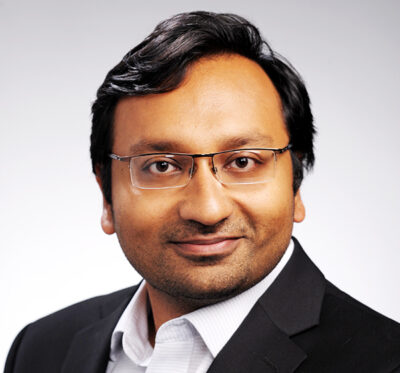
Asif Salekin, Syracuse University, USA
Title: Robust, Multimodal, Fair, and Reliable Health Sensing and Computing
Abstract: Human-centered sensing and computing can improve smart healthcare, homes, workplaces, education, and accessibility. Despite the progress in incorporating technology into these areas, persistent research gaps hinder their practical, real-world use. My research adopts a holistic approach to bridge these gaps, focusing on considering human factors, challenges, and nuances in solution development. This includes integrating heterogeneous multi-modal data, discovering previously unknown health markers, effectively managing natural distribution shifts in human data, and prioritizing fairness, privacy preservation, and reliable sensing. Understanding unique, independent patterns in human events, particularly diseases, across different times and sensing modalities is crucial. Integrating various sensing modalities goes beyond data fusion, considering their nuances, correlation, and domain knowledge. Identifying latent health indicators, particularly without substantial labeled data, presents a challenge. Natural shifts in human data stemming from contextual variations pose difficulties for traditional AI robustness techniques. Addressing fairness and bias issues is paramount, particularly in healthcare, ensuring equitable treatment and ethical standards. Privacy, security, and safety concerns limit the broad use of human sensing solutions, emphasizing the need for reliability and trustworthiness, especially in sensitive health applications. This talk will delve into my lab’s research efforts addressing these challenges and outline future directions. These endeavors collectively pave the way for seamlessly integrating human-centered sensing and computing solutions into our everyday lives. To date, my lab’s research has been funded by two NSF grants and three NIH grants.
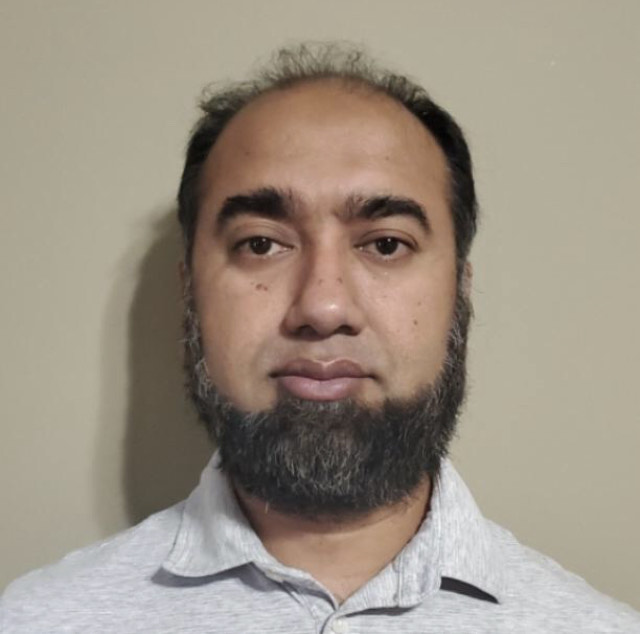
Mohammad Asadul Hoque, BlueHalo Labs, USA
Title: AI enhanced Transportation Operations Management System (AI-TOMS)






